
Extensive science and research validate that total body workouts, with intervals of high-intensity interval training (HIIT) that include both resistance and cardio, are highly effective. HIIT involves performing an all-out, exhaustive physical effort for a short time followed by a short, sometimes active, recovery.
HIIT HARDER
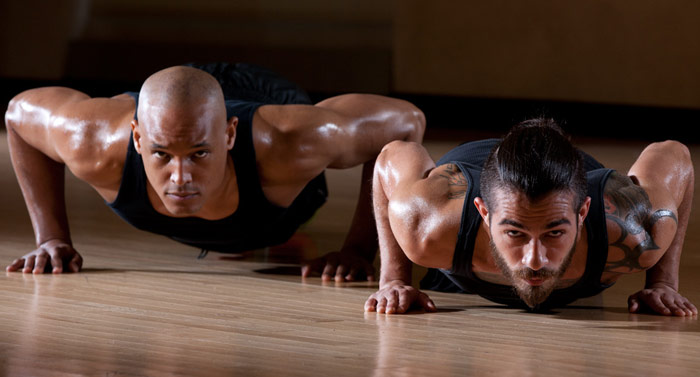
The main emphasis for someone new to HIIT should be a routine that goes hard for 60 seconds and then breaks for 1-2 minutes, depending on the exercise involved. As you get accustomed to HIIT, you can lower the work to rest ratio from 3:1 to 2:1 and eventually even 1:1. During the high intensity interval, your goal should be to have your heart pumping at 85 percent of its maximum rate, or in simple terms on a scale of 1-10 of ease of breathing, you want to be at 8-9.
With this type of training, the benefits are plentiful, including increased metabolic rate, optimal muscle building and muscle retention coupled with fat loss and increased calorie burn during and after the workout. But there’s a lot more to HIIT that can benefit you as a physique-minded athlete.
INCREASED EFFICIENCY
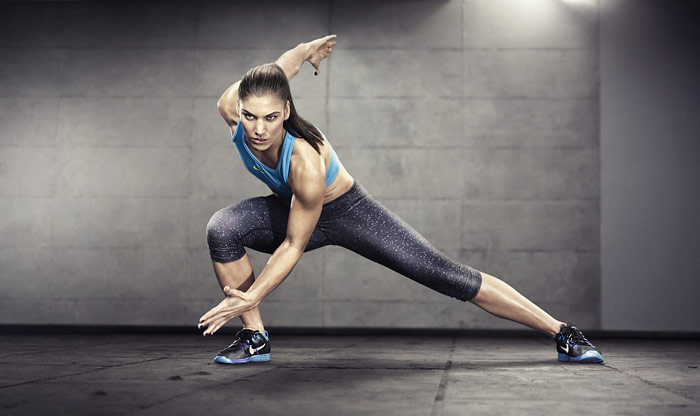
HIIT gives you the same physiological results as long duration cardio in a fraction of the time. HIIT taxes both aerobic and anaerobic fitness while traditional, steady-state cardio only addresses aerobic. Aerobic fitness increases your need for oxygen and anaerobic training builds muscle, thus, these workouts will increase your endurance and make you stronger at the same time.
Studies indicate as little as 27 minutes of HIIT three times per week produces the same anaerobic and aerobic improvement as 60 minutes of steady state cardio five times per week, so you can have more time for everything else in your life.
HIGHER CALORIE BURN

HIIT works because burning fat requires oxygen and the more oxygen that gets inside your body, the more fat your body burns. A high-intensity workout increases your body’s need for oxygen during the effort and creates an oxygen shortage, causing your body to ask for more oxygen during recovery. This “afterburn” effect is referred to as excess post-exercise oxygen consumption (EPOC) and is the reason why intense exercise will help burn more fat and calories than regular aerobic and steady-state workouts.
So, one of the awesome effects of all that hard work from HIIT is that it will kick your body’s repair cycle into hyperdrive, meaning you will actually continue to burn fat for 24-48 hours after interval training, not just during your workout.
LOSE FAT, NOT MUSCLE
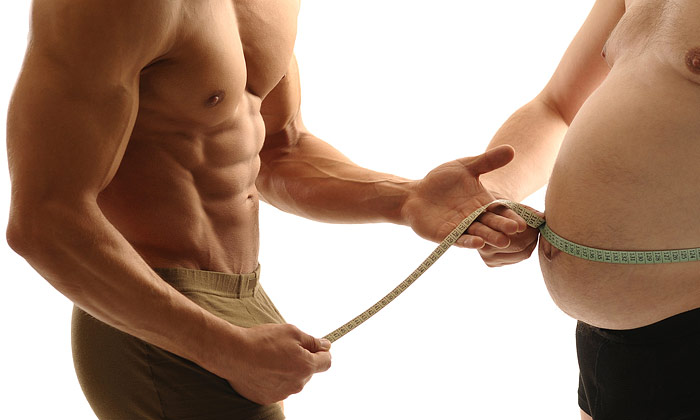
High Intensity Interval Training gives a natural boost to human growth hormone (HGH) production, which is essential for optimal health, strength and vigor and has been shown to significantly improve insulin sensitivity, boost fat loss and increase muscle growth. Anyone who has been on a diet knows it’s nearly impossible not to lose muscle mass along with fat when you’re cutting calories. However, studies have shown that in the 24 hours after a HIIT workout, the body produces 450 percent more HGH, encouraging your body to build and preserve lean muscle mass while still ridding the body of excess fat.
HIIT BOOST METABOLISM

Igniting EPOC or afterburn translates into a metabolic boost for up to 48 hours after a completed HIIT routine. Since HIIT helps build muscle mass, and muscle cells burn more calories than fat cells, HIIT further contributes to increasing your metabolism. In addition, research has come to light that suggests anaerobic exercise increases resting energy consumption. Scientifically speaking, anaerobic exercise increases your basal metabolic rate (BMR), which is the rate of energy expenditure by your body at rest and is measured in kJ per hour per kg body mass. Anytime you have the opportunity to increase your metabolism, do it! It not only aids in weight loss, but it keeps your body healthy on the inside as well.
IMPROVE STAMINA
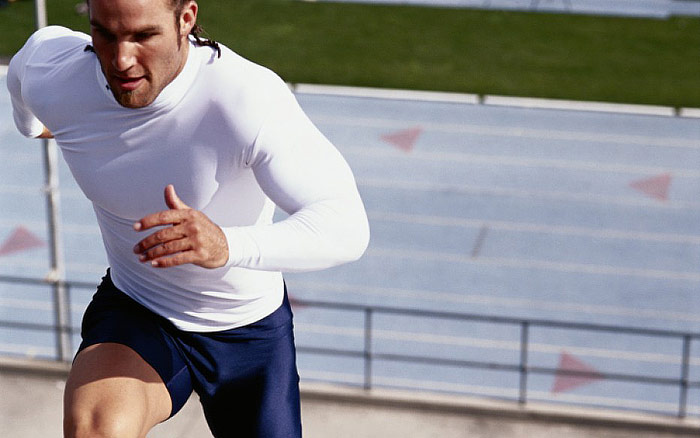
Most people aren’t used to pushing their bodies into the anaerobic zone (that lovely place where you can’t breathe and you feel like your heart is trying to jump out of your chest) but working this hard is super good for your heart. In a 2006 study, researchers found that after eight weeks of doing HIIT workouts, subjects could bicycle twice as long as they could before the study while maintaining the same pace. HIIT taxes both your aerobic metabolic system and your anaerobic processes, which is what you need for optimal cardiovascular benefit.
Traditional strength training and cardio exercises work primarily the aerobic process, which is why you may not see the results you desire even when you’re spending an hour on the treadmill several times a week. Interestingly enough, when it comes to high intensity exercises, less really is more. You can get all the benefits you need in just a 20-minute session, start to finish.
VERSATILITY

Running, biking, jumping rope and rowing all work great for HIIT, but you don’t need any equipment to get it done. High knees, fast feet, or anything plyometric like jumping lunges work just as well to get your heart rate up fast. In fact, sometimes equipment can make HIIT less effective because you want the focus to be on pushing your heart to its max, not just any one muscle group.
HIIT BREAK MENTAL BARRIERS
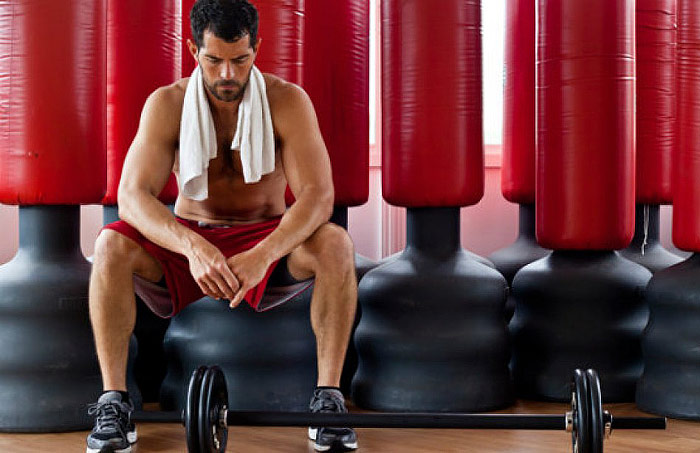
Pushing your body and your brain beyond your comfort zone will develop mental resiliency and allow you to increasingly challenge yourself both during workouts and in your everyday life. Persevering through tough, high-intensity workouts will give you the confidence to tackle other challenges that come your way mentally and physically. You’ll hear your inner voice shout, “I can do this!” And you’re inner voice will be correct.
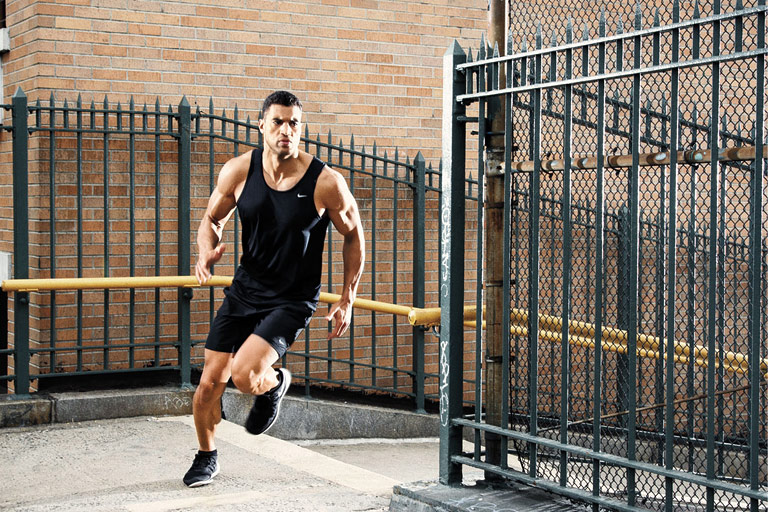
Related
6-Week Fat Burning HIIT Workout
If you like this post, please give it a five star review and help me share it on facebook!


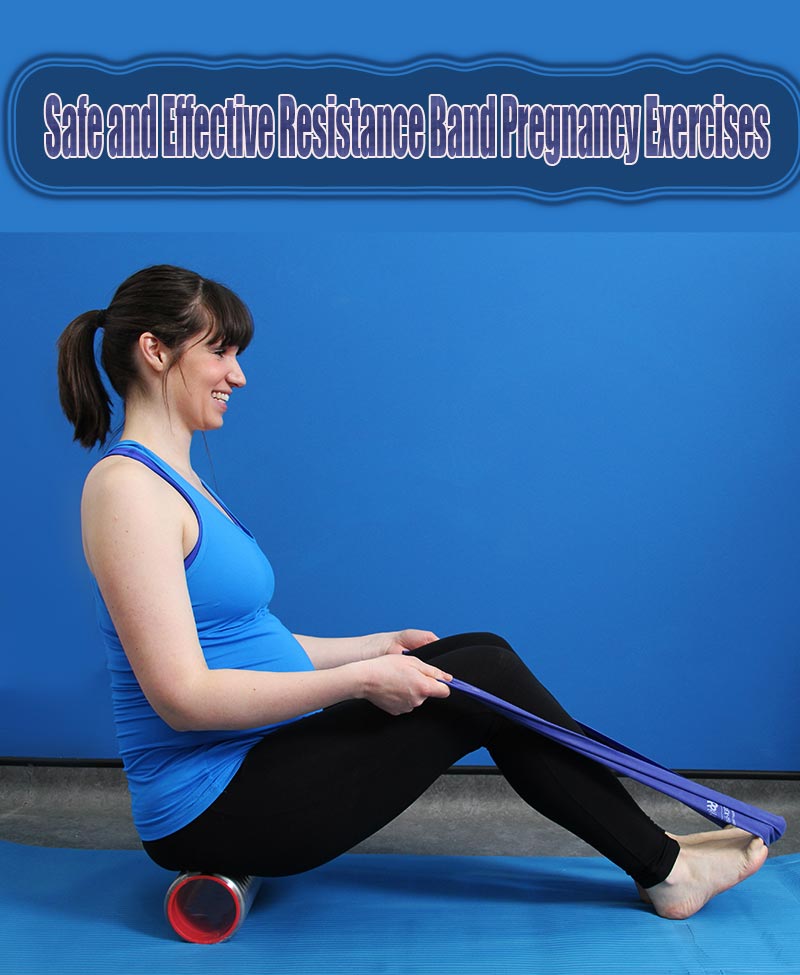
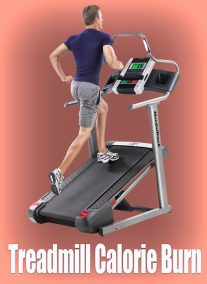
Leave a Reply